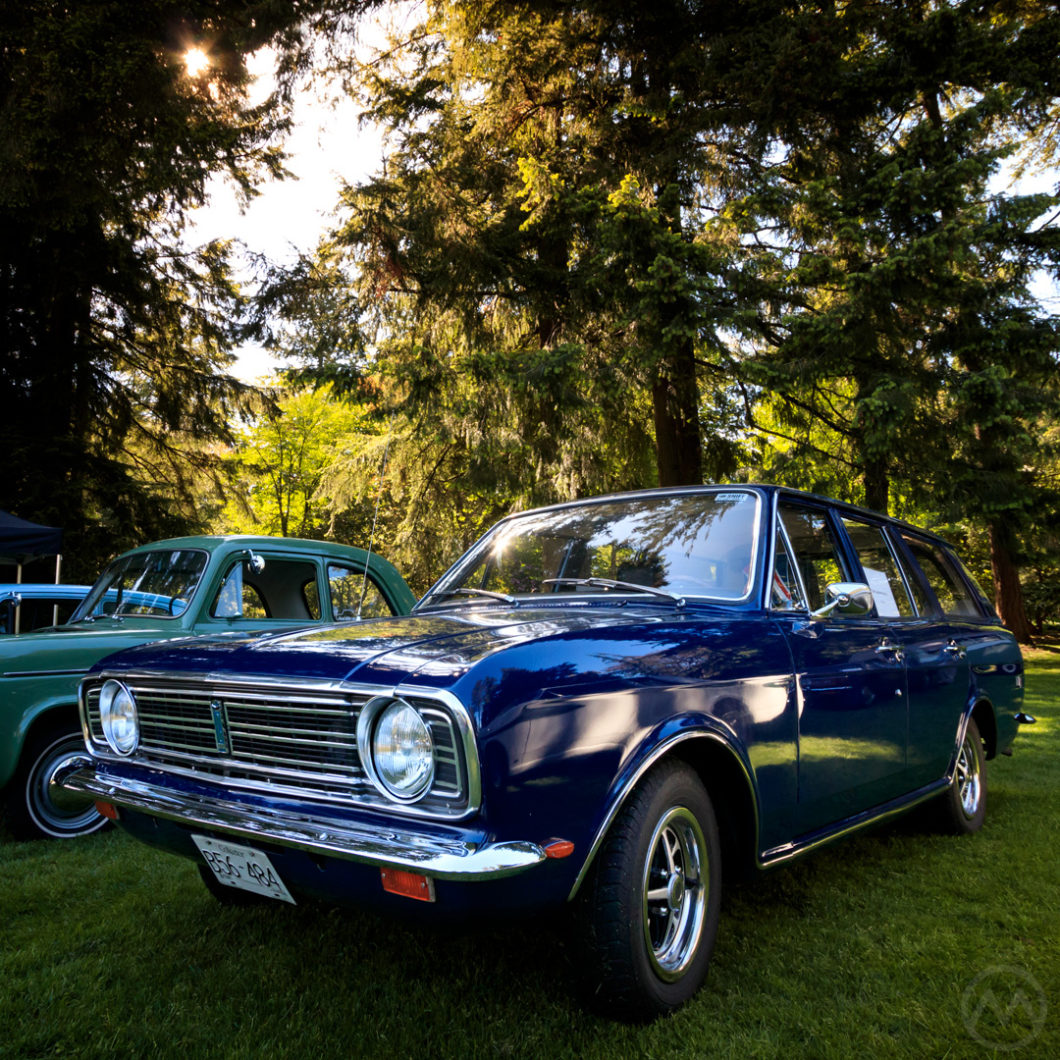After Ford UK’s CEO, Sir Patrick Hennessy, discovered in 1960 that Ford of Germany had been gifted an unused front-drive Detroit compact (“Project Cardinal” – the Taunus 12M), he convinced Dearborn to allow Dagenham to develop its own small family car (“Project Archbishop”).
In today’s world of brutal cost-cutting, two nearby subsidiaries producing two totally different cars of roughly the same size and scope would never happen, but 1960 was different.
Designed in just 20 months, the rear-drive Mk1 Cortina was simple and conventional. It was the opposite of BMC’s very successful ADO16 1100/1300; it’s most direct competitor in the U.K., or the Taunus.
Only the Cortina’s MacPherson struts were “new tech” (even then, they had been used previously). Executed to a very well researched brief that Dagenham referred to as “the red book,” the Cortina was targeted and on-target.
The name, lifted from the Italian Cortina d’Ampezzo resort, replaced “Consul-225” at the last minute for more international appeal (early ones were still marketed as “Consul Cortina,” in relation to the older Ford Consul models).
The Mk1 did not best BMC’s 1100/1300 in the U.K. sales race, but it was a huge hit – just over 1 million were made in a little over four years. It wasn’t surprising then, that Ford of Britain stuck close to the formula for the second generation.
American stylist Roy Brown’s falcon-esque Mk1 was very fashionable in 1962, and Roy Haynes’ Cortina Mk2 updated the idea. When it debuted in October, 1966, the Mk2 looked very much like a scaled-down American Ford – bearing particular resemblance to the freshened 1966 Falcon that had debuted a year earlier.
Everything about the Mk2 was “more” of the Mk1 – more power; more length and width; more room and a vast trunk; and a nicer interior.
The only thing that was a little more restrained was the Lotus Cortina, which moved to Dagenham for production alongside the GT, a sportier Cortina (but not as sporting as the Lotus) with a crossflow-head “Kent” 1600 four. Later on, the Lotus badge was dropped from the car and it was marketed as the “Cortina Twin Cam.”
A new top-spec car, the 1600E, acted as a sporty, luxurious halo car after the fall of ‘67. The 1600E took many mechanical elements from the 1600GT but added a nicer interior and lots of standard equipment.
U.K. buyers wanted what Ford was selling. In 1967, the Cortina Mk2 became the U.K.’s best-selling car, briefly dethroning the BMC 1100/1300. The Ford was more profitable to build than BMC’s advanced front-drivers, but BMC regained the lead for 1968-71.
By then Haynes had departed for BMC (soon to be British Leyland) where he designed BL a Cortina of their own – the Marina – but Haynes left BMC in early 1969.
In the U.S. and Canada the Cortina got a cooler reception, mainly because aside from the base model 2-door, the bigger Falcon was typically only ~$200-300 more expensive and more of a known quantity.
Still, the Mk2 excelled in North America relative to the Mk1, with “English Ford” sales jumping from around ~7,500 in 1966 to 23,000 in 1968 before declining again in 1969-70. Most of these cars were the cheapest 2-door sedans, with the pricier four-door cars, GTs, and wagons being relatively rare.
In Canada overall numbers were smaller but there was a larger appetite for British models that weren’t sports cars than in the United States, despite the end of tariff-friendly imports with the 1965 “Auto Pact” between the U.S. and Canada.
In 1969, when this Canadian Mk2 Cortina GT estate was built, the Cortina was one of Canada’s best-selling imports.
The Cortina was dropped in the U.S. in 1970 when the Mk2 was replaced by the Mk3 TC Cortina.
The Pinto took its place in U.S. showrooms and was also offered in Canada; but the Mk3 Cortina, now a much more common (if not quite identical) design replacing both Taunus and Mk2 Cortina, remained on sale in Canada until 1973.

